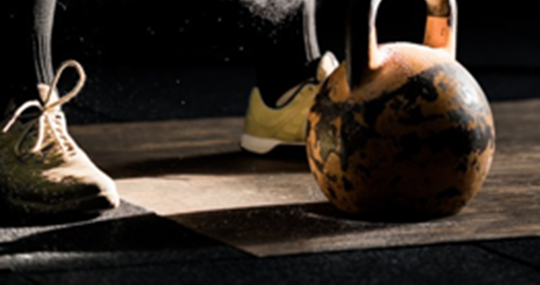How to Choose Weight Plates for Your Home Gym
2024-12-09
Weight plates are a vital part of any home gym, especially if strength training is a core component of your fitness routine. Choosing the right plates can significantly impact your workout efficiency, safety, and overall experience. Here’s a guide to help you make an informed decision:
1. Understand the Types of Weight Plates
Weight plates come in various styles, each suited for different purposes:
- Standard Plates:
- Feature a 1-inch center hole.
- Suitable for lighter lifting and beginner-friendly equipment.
- Olympic Plates:
- Feature a 2-inch center hole.
- Designed for heavy lifting and compatible with Olympic bars.
- Bumper Plates:
- Made of dense rubber, allowing safe dropping during lifts.
- Ideal for Olympic weightlifting and CrossFit training.
- Calibrated Plates:
- Precision-machined for competition-level accuracy.
- Common in powerlifting competitions.
- Change Plates:
- Smaller plates (fractional weights) for precise weight increments.
2. Consider the Material
- Cast Iron Plates:
- Durable and cost-effective.
- Compact size allows more weight on the barbell.
- May scratch or damage floors without protective mats.
- Rubber-Coated Plates:
- Offer floor protection and reduce noise.
- Ideal for home gyms where quiet operation is important.
- Urethane-Coated Plates:
- Extremely durable and resistant to wear.
- Premium option with less odor than rubber.
- Steel Plates:
- Thin and space-saving, often used in calibrated competition plates.

3. Evaluate Weight Range and Increments
- Range:
- For beginners: Start with a set that includes lighter weights (e.g., 2.5 lb to 25 lb plates).
- For advanced lifters: Include heavier plates (e.g., 35 lb, 45 lb).
- Increments:
- Opt for smaller incremental plates (e.g., 1.25 lb or 2.5 lb) for gradual progression.
4. Match Plates to Your Equipment
- Ensure the plates are compatible with your barbell type (standard or Olympic).
- Check the maximum weight capacity of your equipment (e.g., bench press, squat rack) to avoid overloading.
5. Look for Space-Efficient Options
- Compact Plates: Opt for thinner plates if you have limited storage space.
- Plate Trees or Racks: Use storage solutions to keep plates organized and accessible.
6. Prioritize Safety Features
- Rounded edges or handles for easy and safe handling.
- Rubber or urethane coatings to minimize floor damage and noise.
7. Budget Considerations
- Affordable Options: Cast iron plates are cost-effective but may lack additional features.
- Premium Choices: Bumper or urethane-coated plates offer durability and versatility but are more expensive.
8. Aesthetic and Branding Preferences
- Some lifters prefer plates from renowned brands for quality assurance.
- Choose colors or designs that match your home gym aesthetic.
9. Test for Quality (if possible)
- Check for uniform weight accuracy.
- Inspect the finish for signs of peeling or chipping.
- Ensure the plate fits snugly on your barbell.
10. Consider Your Workout Goals
- For general fitness: Standard or Olympic plates work well.
- For powerlifting: Invest in calibrated steel plates.
- For Olympic weightlifting or CrossFit: Opt for bumper plates to safely handle drops.
Conclusion
Choosing the right weight plates for your home gym depends on your fitness goals, budget, and space constraints. Whether you’re a beginner building a basic setup or an advanced lifter assembling a high-performance gym, selecting durable, safe, and compatible weight plates is crucial. Take time to research and invest in quality equipment to ensure a rewarding and efficient workout experience.
Rizhao is a professional Weight plates manufacturers and suppliers in China. Our customized Weight plates is not only made in China and we have newest and advanced, but also have cheap price. Welcome to our factory to wholesale durable products.Visit our website at www.goodgymfitness.com to learn more about our products. For inquiries, you can reach us at sales@cn2in1.com.
























































